Top speed 249 km/h Length 11 m Manufacturer Fairchild Aircraft Ltd. | Wingspan 16 m First flight July 6, 1935 | |
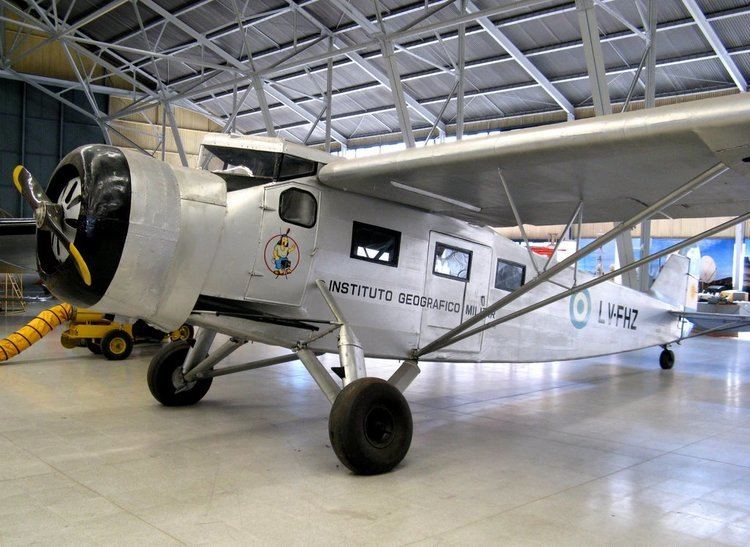 | ||
The Fairchild 82 and the 34-42 Niska were a family of utility aircraft produced in Canada in the mid-1930s, based on designs by Fairchild Aircraft Ltd. (Canada)'s parent company in the United States.
Contents

Design and development
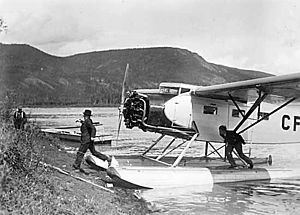
In 1929-1930, Fairchild (Canada) designed an eight-seat transport known as the Model 81. The single prototype was powered by either a 575 hp Pratt & Whitney Hornet or an Armstrong Siddeley Jaguar. The design was a "one-off" and did not enter production. In 1934, the parent company had also developed the Super 71 variant of the Fairchild 71, but reception in the marketplace was lukewarm. Undaunted, the company continued to refine the design and produced the Model 82 the following year. This retained the stretched forward fuselage and separate flight deck that had been a feature of the Super 71, but increased passenger and load capacity.
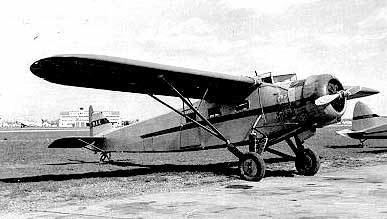
The resulting aircraft proved a modest success, with three sold to the government of Venezuela, one to the government of Mexico, and another seven going to various Canadian regional airlines. Variants with various powerplant changes followed, three of which were sold to the Argentine Navy.One of these lanes survives and is shown at the Museo Nacional de Aeronautica in Moron- Argentina The final development of this design was the 34-42 Niska, incorporating changes made after N.F. Vanderlipp joined the company from Bellanca (the new model reflecting Bellanca's idiosyncratic model numbering, and taking its name from an indigenous people of Canada). After unsuccessful trials with its 420 hp Ranger powerplant, the aircraft was converted back to a Model 82D standard with a S3H1 Wasp. Only a single example was built, and today it remains as the sole example surviving in Canada.
Operational history
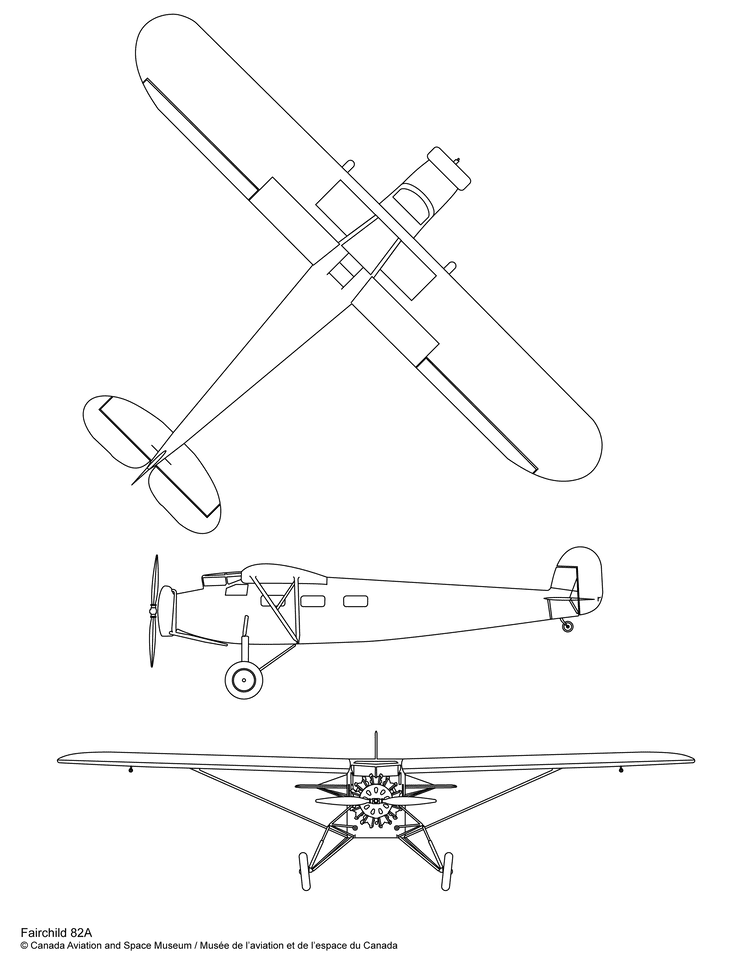
The Fairchild 82 was a ruggedly performing aircraft and it found a niche as a freighter especially in northern Canada, although export versions had a variety of roles assigned to it. It was operated by several Canadian firms including Canadian Pacific Air Lines. While its main competitor, the Noorduyn Norseman was also finding success, the Fairchild company decided to abandon the bush plane market and ceased production of the Model 82 in favour of converting its production lines to the Bristol Bolingbroke version of the bomber that was being produced for Royal Air Force and Royal Canadian Air Force operational needs in the years immediately prior to the Second World War.
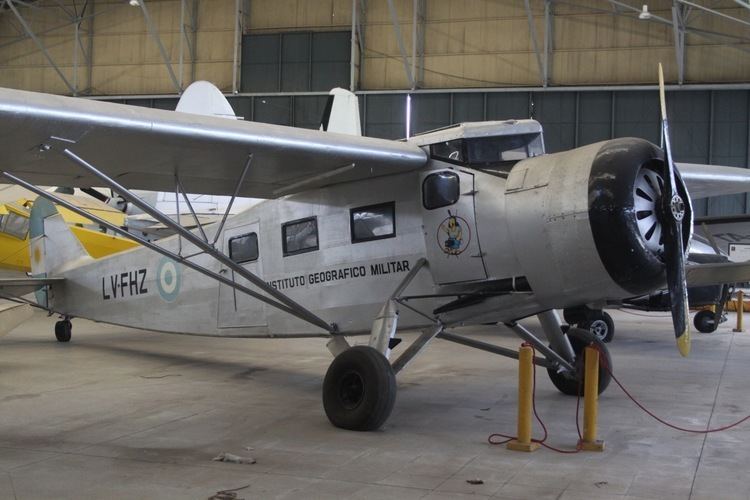
The company had intended to enter the postwar civilian market with an upgraded Model 82 but due to an error in judgment, the original tooling had been destroyed during the war years. The remaining Fairchild 82s in service continued to fly, primarily in Canada until the late 1960s.
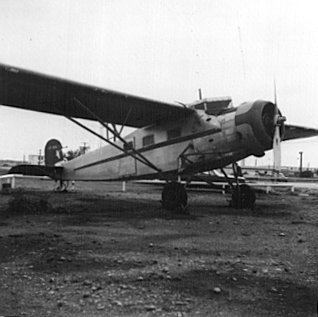
A modern 40-year-old mystery of the Arctic was recently solved when the remains of a 1938 Fairchild 82 were found south of Bathurst Inlet. The aircraft belonged to bush pilot Chuck McAvoy, who was flying a pair of American geologists on 9 June 1964, when he disappeared. After an extensive search, the story of the missing Fairchild became a legend of the north until 2003 when the Royal Canadian Mounted Police (RCMP) stumbled on the crash site.
Variants
Operators
Specifications (82A)
General characteristics
Performance
